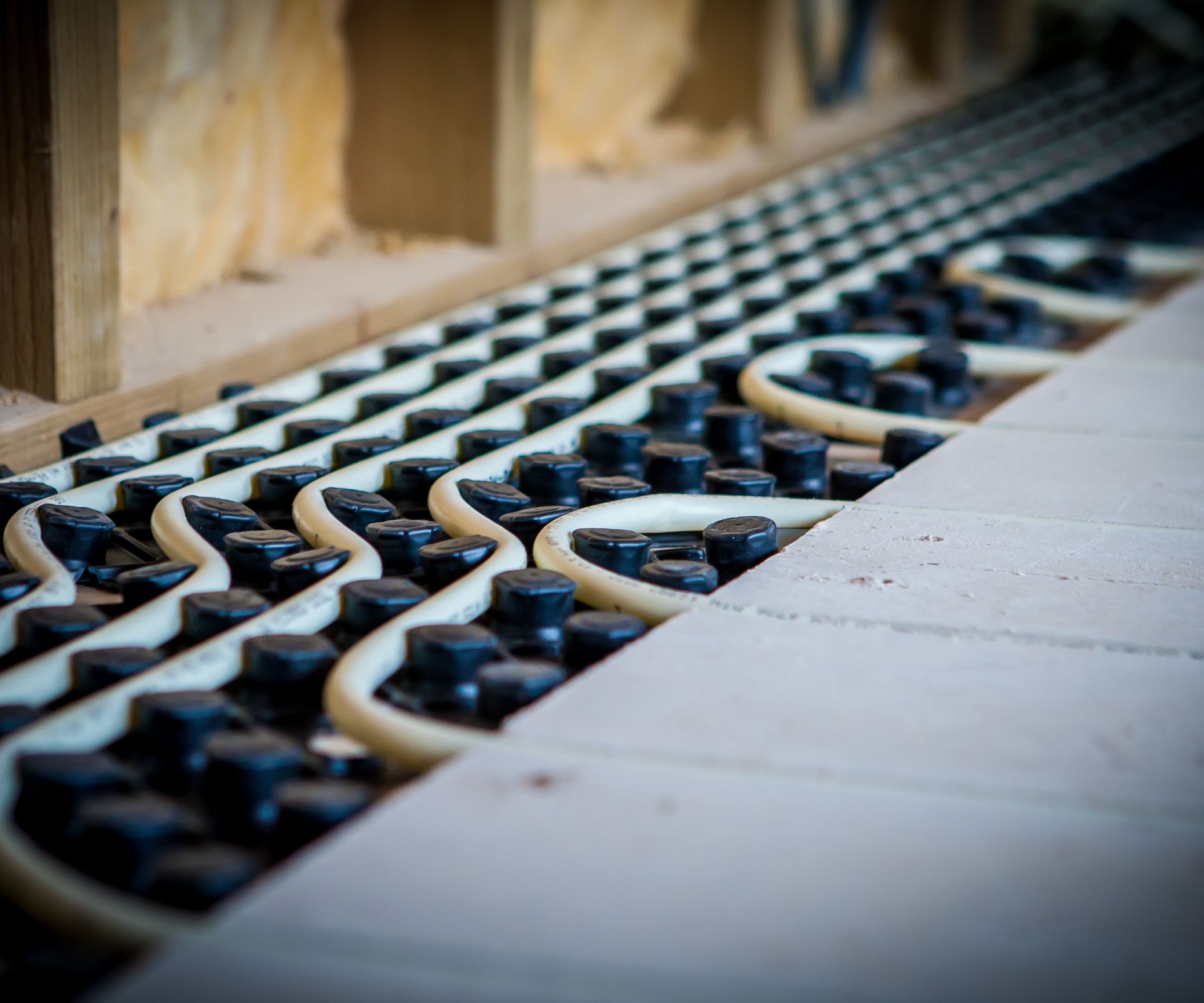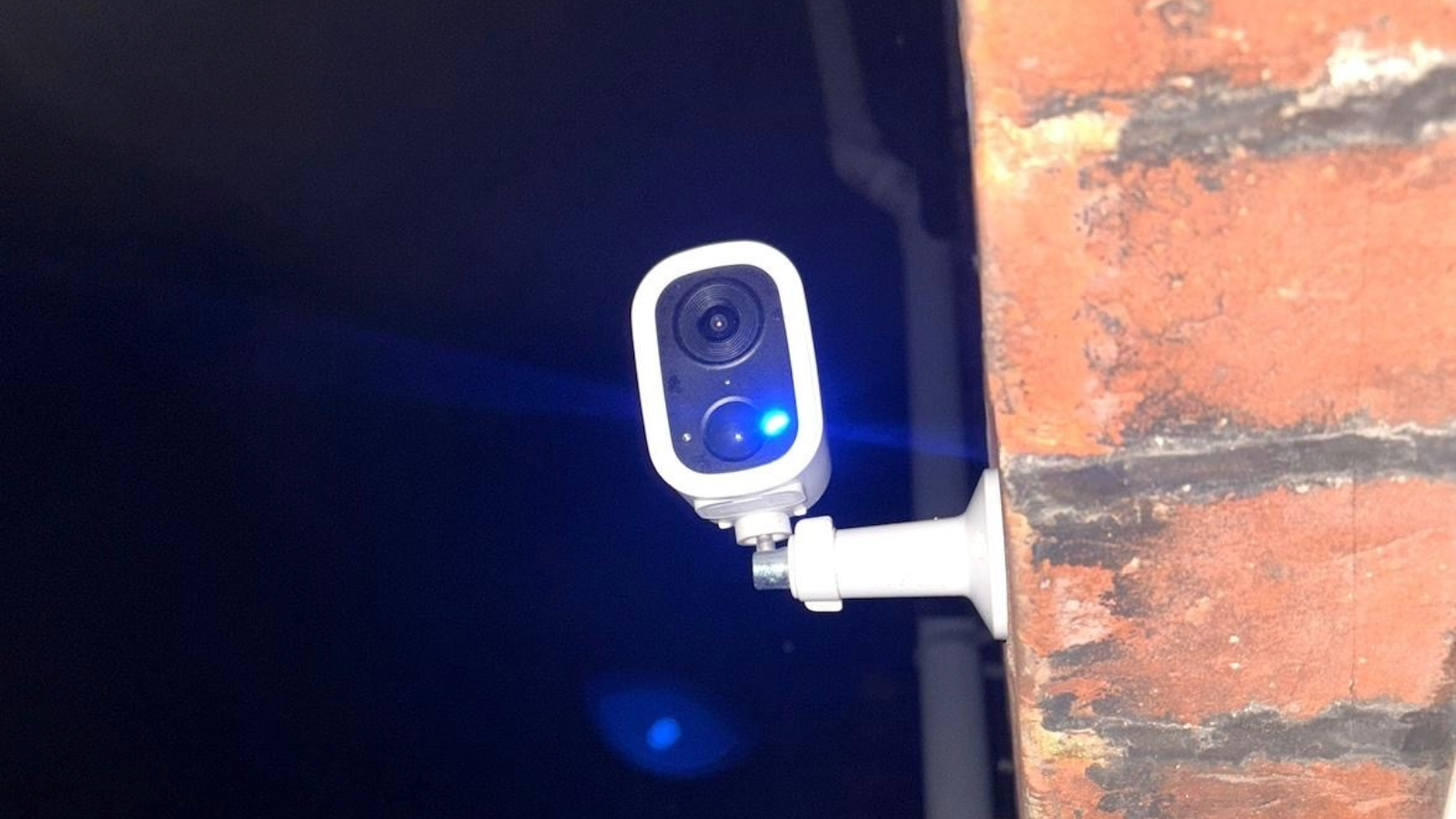Avoid these underfloor heating mistakes or face expensive energy bills, and a cold home warns energy expert
Fall foul of these underfloor heating mistakes and you could make your bills, rather than the room temperature, rise

Although this heating type is a popular choice with homeowners, it's important to make sure you avoid underfloor heating mistakes. That's because, if you get it wrong, you could be removing your entire floor to rectify it.
Getting the installation wrong could result in disruption, mess and unnecessary expense, meanwhile running your underfloor heating incorrectly can lead to longer term costs and increased energy bills.
So, what are the main underfloor heating mistakes relating to how you make the system work? Heating expert, David Hilton is here to help so that you can be confident that your underfloor heating won't cost you more than you anticipated.
Mistake one: getting your flooring layers wrong
Both types of underfloor heating systems are buried in the floor when the floor is laid, whether you pick electric underfloor heating or opt for a wet underfloor heating installation instead.
The performance and efficacy of the heat will be affected by where it is placed in the fabric of the floor, meaning the deeper it is laid, the longer it will take for heat to get out.
But, as well as how well the screed is laid, the surface of the floor will also make a difference. The harder the flooring, the quicker heat will be released, because heat travels easiest to and from the point of highest density. Tiles will transmit heat very quickly for example, whereas carpets over underfloor heating will tend to insulate the floor.
Subsuquently, if the water (in a wet system) cannot release the heat to the room it will return to the heat pump and the heat pump or boiler will ramp down as it thinks that it has done its job. The result? You will have paid for the heat but not benefited from it, and will likely end up running it for longer and at a hotter temperature.
Bring your dream home to life with expert advice, how to guides and design inspiration. Sign up for our newsletter and get two free tickets to a Homebuilding & Renovating Show near you.

Mistake two: setting your electric UFH controls incorrectly
Electric underfloor heating is essentially a lot of high resistance wires that are installed in the floor. When electricity is run through the wires they heat up and the heat is delivered to the room. This continuous resistance means that an equal amount of heat is delivered across all the wires, and as such there may be areas of the floor that can overheat (if the sun is on that area), or underheat in colder areas towards the centre of the home.
It also means that every area of electric underfloor heating that is on will be drawing direct electricity. Consequently, the costs can ramp up very quickly if not properly managed and controlled.
To put it into perspective, lower power systems may use around 1kWh for every 8m2. So, if your home is 160m2 and all of your underfloor heating is on, then it will use around 20 units of electricity per hour. Electricity is around 26.35p per kWh, which equates to a running cost of around £5.27 per hour.
Therefore, although how much, or little, your heating is on will depend on you and how you run the heating in your home, clever design and a good understanding of the controls will help manage your costs and prevent you from overspending.
Mistake three: failing to understand how long wet UFH takes to warm up
Wet underfloor heating is a bit more complicated to install than electric underfloor heating, but it can produce a more even heat. For example, if some of the floor is in a bit of sunlight and therefore already warmer, then the water will not deliver as much heat to the slightly warmer area.
You can also control the flow temperature in wet underfloor heating which means that instead of having a higher flow temperature for a couple of hours at a time, you can have a lower temperature which keeps the floor slightly warm for the whole day.
However, this is a very slow reaction time and might not match the heat requirement of your home, as unlike radiators, you cannot simply turn wet underfloor heating up and down reactively, as the floor takes a long time to change temperature.
The reaction time of the underfloor heating must also be aligned with the control setup. Most heat pumps (and some boilers) use a system called weather compensation. This allows the flow temperature to modulate according to the outside air temperature. If it is cold outside the flow temperature will increase but on milder days the flow temperature will be a lot lower.
This means that it may be very cold for a few hours during the night so the heat pump will deliver hotter water to the underfloor heating. It may take a few hours for the floor to react, so by the time the floor is warm the sun may be coming up and inevitably the home could overheat that morning.
Add to this the fact the south side of the home may need less heat than the north side, some of the rooms may already be set to different temperatures and getting an even heat becomes tricky.
Setting up zones to try and manage different heat requirements in different spaces is one option, but it can also be complicated and doesn't always benefit you. Understanding how long underfloor heating takes to warm up must therefore be part of your research when considering it for your home.
It's best to try and have as few controlled zones as possible as the whole system should ideally be on, but if you have an efficient home then making sure that the balance is set correctly is an art.

Mistake four: not getting the balance right between UFH and radiators
Many heat pumps have a pump built into the heat pump and this can often be used to run the whole system if you have both radiators and underfloor heating. While this may seem like a positive, wet underfloor heating systems have pipes that are different lengths and potentially different diameters. These pipes introduce a lot of resistance to the central heating system and can therefore create problems with balancing.
The consequence? The radiators may be the path of least resistance, meaning that they take the heat first and the underfloor heating does not get warm, regardless of wether you've followed the advice in what temperature should underfloor heating be set at.
The resistance in the radiators will then need to be increased and this then puts more strain on the heat pump components. It is therefore crucial to make sure that your underfloor heating is designed and commissioned as part of a whole heating system.
To avoid any further underfloor heating mistakes, make sure your system is set to function efficiently by following the advice in how to bleed underfloor heating. And, before you choose your final flooring finish, read our guide to the best flooring for underfloor heating.
David is a renewables and ventilation installer, with over 35 years experience, and is a long-standing contributor to Homebuilding and Renovating magazine. He is a member of the Gas Safe Register, has a Masters degree in Sustainable Architecture, and is an authority in sustainable building and energy efficiency, with extensive knowledge in building fabrics, heat recovery ventilation, renewables, and also conventional heating systems. He is also a speaker at the Homebuilding & Renovating Show.
Passionate about healthy, efficient homes, he is director of Heat and Energy Ltd. He works with architects, builders, self builders and renovators, and designs and project manages the installation of ventilation and heating systems to achieve the most energy efficient and cost effective outcome for every home.

